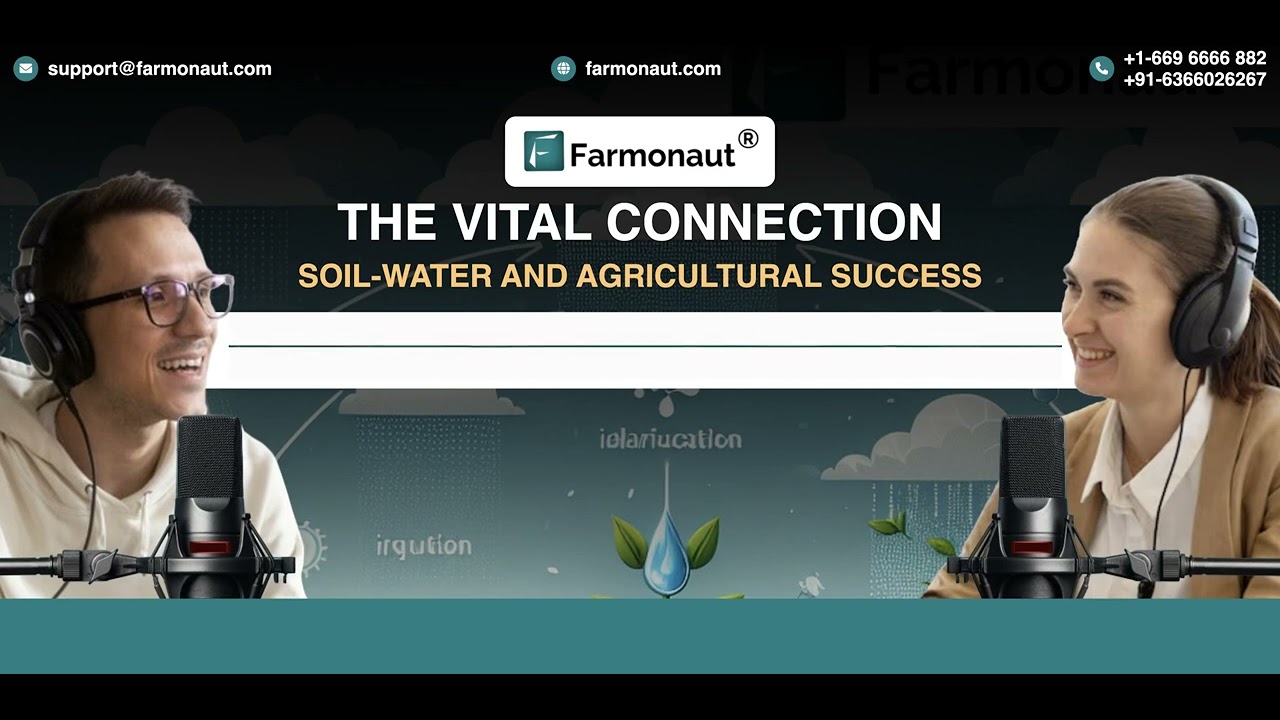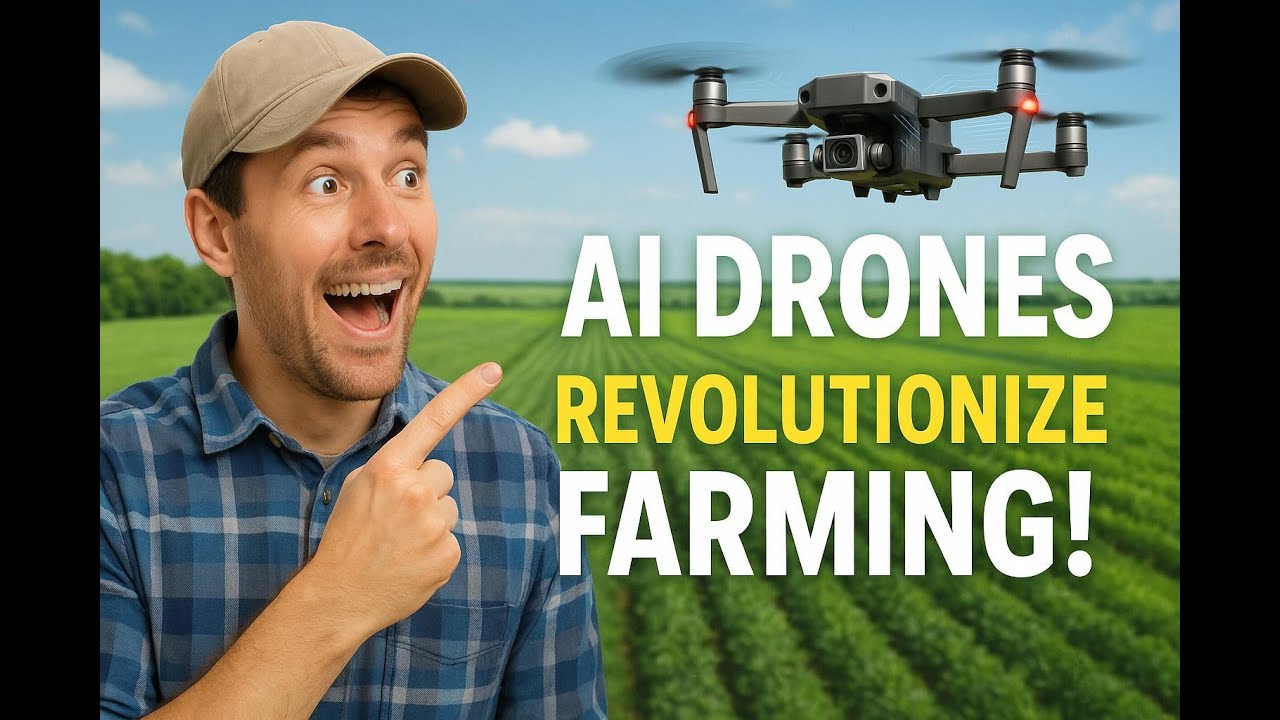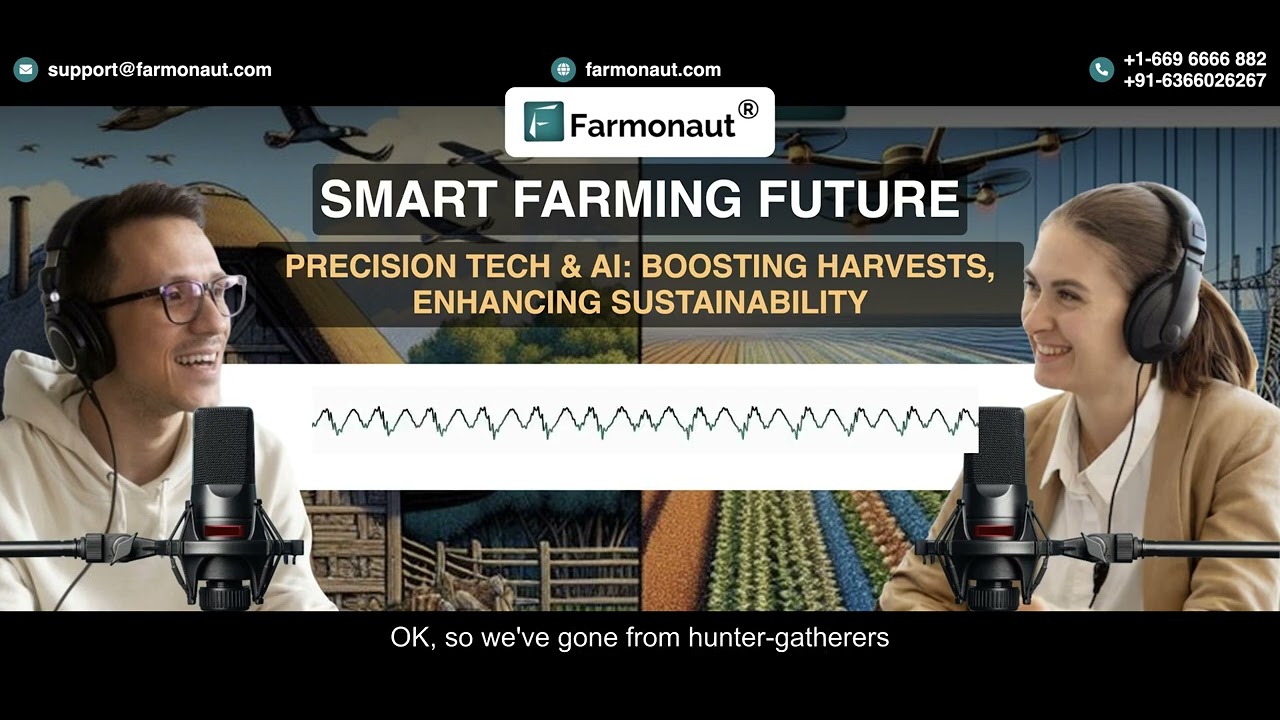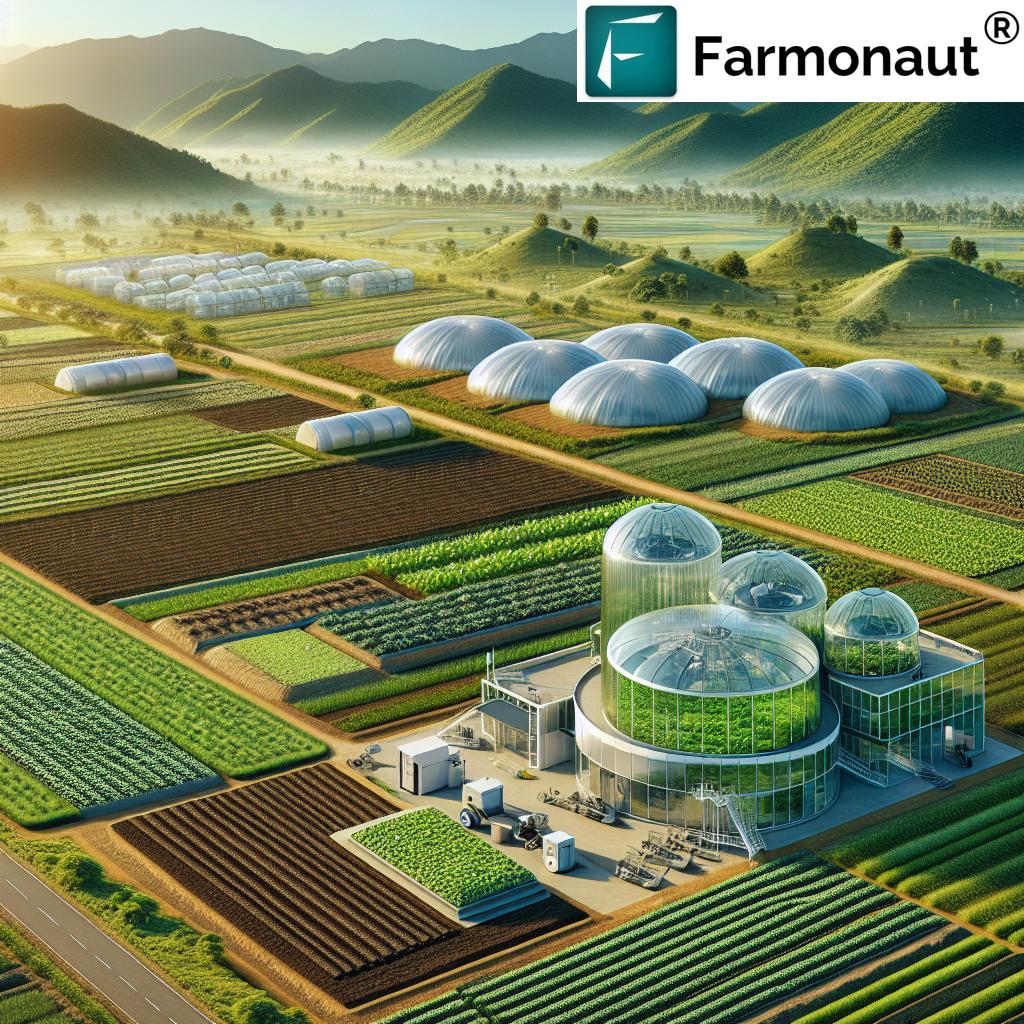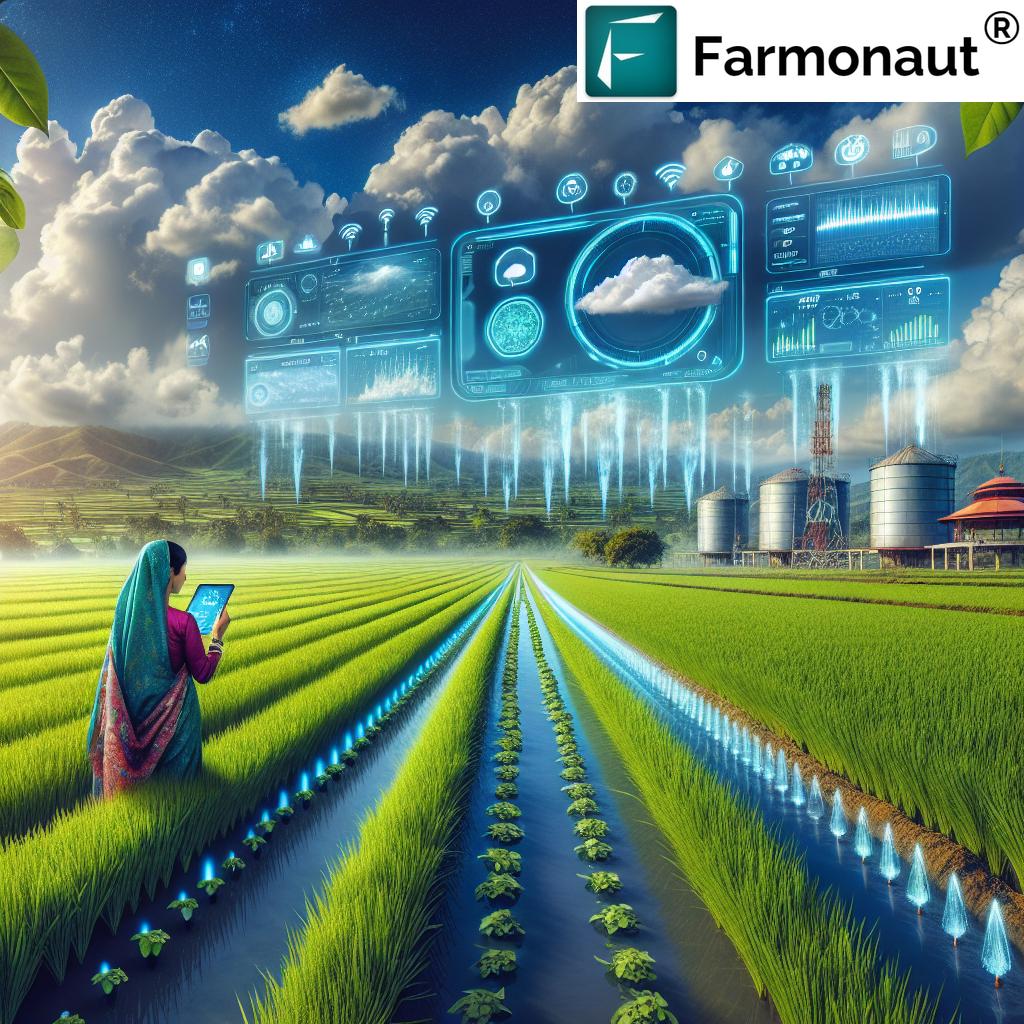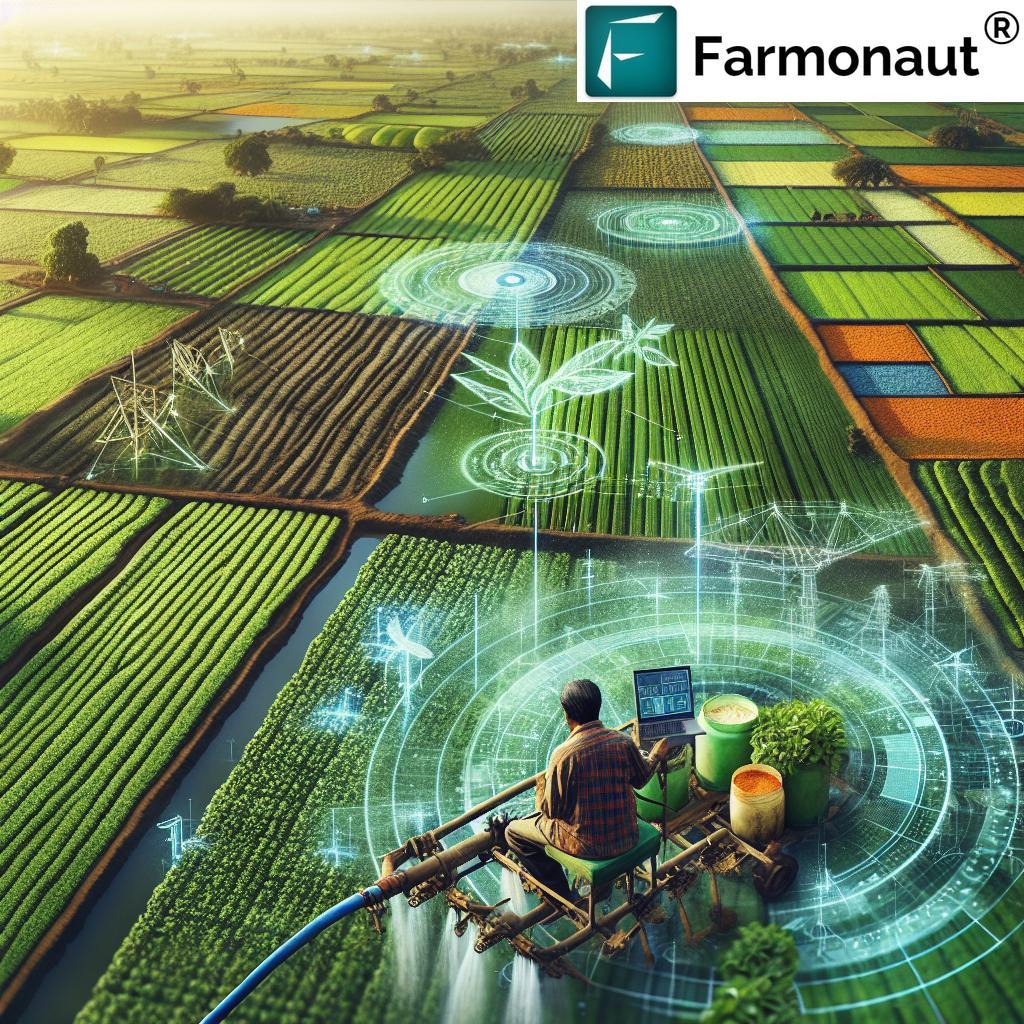Philippines Agriculture Issues 2025: Top Challenges & Solutions
Summary: Challenges and Prospects — Philippine Agriculture Issues in 2025
The Philippine agricultural sector remains the backbone of our economy, providing livelihood for nearly a quarter of the nation’s population and contributing significantly to food security and rural development. As 2025 dawns, the sector is at a crossroads, facing a complex array of challenges: climate change and environmental vulnerability, land degradation, resource management issues, an aging farmer population, technological and infrastructure gaps, volatile markets and trade concerns, and policy barriers. Each issue interlinks, threatening future growth and the sustainability of our rural communities.
By understanding these current issues in Philippine agriculture 2025, we can collectively build resilient, productive, and sustainable farming systems, leveraging innovation and digital transformation.
“Over 60% of Philippine farmers report climate change as their top challenge for 2025 agricultural productivity.”
Introduction: The Vital Backbone of the Philippine Economy
Agriculture in the Philippines is not just another industry—it forms the vital core of our national identity, shaping the livelihoods of almost a quarter of our population. As of 2025, however, the agricultural sector remains at a critical juncture. The challenges faced are deeply complex, combining the direct impact of unpredictable climate events with economic, social, technological, and environmental pressures. Understanding the philippines agriculture issues 2025 is essential for both policymakers and every Filipino invested in our food, land, and future.
In this comprehensive examination, we will explore the top challenges shaping the outlook for philippine agriculture issues 2025 and review evidence-based, sustainable solutions that can safeguard our collective prosperity beyond this pivotal year.
Climate Change & Environmental Vulnerability: The Most Pressing Challenge
Climate change^1 is, by widespread agreement, the single most critical challenge affecting philippine agriculture issues 2025. Our country’s geographic location makes it among the world’s most susceptible to extreme weather events—including typhoons, droughts, and floods. The impact of these events is not hypothetical: in 2024, powerful typhoons devastated rice farming across major regions such as Central Luzon and Eastern Visayas, highlighting the vulnerability of staple crop systems.
Frequent weather shocks disrupt cropping cycles, reduce yields, damage infrastructure, and accelerate soil degradation. Erratic rainfall patterns make irrigation scheduling and water management highly complicated, leading to inconsistent production output and higher risk for farming households.
- Typhoons now strike at greater intensity, damaging crops, livestock, and roads.
- Seasonal droughts, such as those expected in 2025 due to El Niño, threaten to halve the productivity of rain-fed rice and corn farms.
- Flooded lowlands destroy not just harvests, but vital rural infrastructure.
The threat is profound:
- Over 60% of Philippine farmers cite climate change as their main challenge for agriculture in 2025 (see trivia above).
- Damage to staple crops such as rice and corn increases food price volatility and puts food security at risk for millions.
Mitigation and adaptation therefore emerge as essential strategies. These include crop diversification, improved climate forecasting, adoption of drought- and flood-resistant varieties, and investment in climate-smart infrastructure.
Land Degradation & Resource Management: A Looming Threat to Sustainability
Another severe aspect of agriculture issues in the Philippines is land degradation, intertwined with poor resource management. Intensive farming, deforestation, and inadequate soil conservation measures have led to nutrient depletion, serious erosion, and declining productivity in many regions of Luzon, Visayas, and Mindanao.
- Deforestation for new farmland reduces watershed capacity and water supply downstream.
- Poor soil management results in lower yield and higher need for chemical inputs, increasing both costs and environmental risks.
- Slow implementation of sustainable land management due partly to unclear land tenure and limited access to technical support.
The cumulative impact is a drop in overall productivity, threatening both rural livelihood and national food security.
By adopting sustainable farming practices, reforestation, and better resource management, the sector can begin to reverse decades of degradation.
Water Scarcity: The Emerging Crisis
Water management is an increasingly urgent priority. Erratic rainfall and reduced watershed function are limiting water supply for both crops and people.
“By 2025, water scarcity may impact up to 40% of irrigated farmland in the Philippines, threatening food security.”
Without effective water management systems and rapid adoption of irrigation innovations, yield losses are projected to increase. Farmonaut’s Carbon Footprinting tools and Crop Plantation & Forest Advisory System can help identify optimal cropping patterns and track the environmental impact of resource use, fostering sustainable water and land management.
Aging Farmer Population & Labor Issues: Who Will Till Our Lands?
The demographic shift in our rural populace is another urgent concern. The majority of Filipino farmers are aging—often over 57 on average—while the youth gravitate toward urban jobs or work overseas. This dynamic leads directly to:
- Labor shortages during critical planting and harvest seasons
- Slow adoption of innovative techniques and technology due to risk aversion among older farmers
- Weak succession planning for family-run farms, resulting in land fragmentation or abandonment
Additionally, limited resources restrict many smallholder farmers from investing in new equipment, diversified crops, or climate-smart practices. This further widens the productivity gap and hinders modernization in agriculture.
Aging populations mean there is an urgent need to inspire the next generation to view farming as both a sustainable livelihood and as an opportunity for innovation.
Technological Gaps & Infrastructure Deficits in Philippine Agriculture 2025
Adopting cutting-edge farming technologies—such as precision agriculture, high-yield climate-resilient seed, and AI-driven monitoring—offers hope. Unfortunately, adoption remains uneven in the Philippine sector.
- Many smallholder farmers lack access to credit and extension services required to invest in new technologies.
- Inadequate infrastructure—from farm-to-market roads, post-harvest storage, and delivery to digital networks—raises transaction costs and limits market access.
- Existing government modernization programs have been stymied by funding gaps and bureaucratic slowdowns.
The lack of real-time monitoring and data-driven insights means farmers are slow to react to threats like pest outbreaks or drought. Digital agriculture solutions can sharply improve efficiency and output.
Farmonaut’s Large-Scale Farm Management platform and
Farmonaut API
enable efficient monitoring of crop health, optimize resource use, and support smarter operational decisions, serving both smallholders and agribusinesses.
Smart Infrastructure as a Foundation for Resilience
Frequent losses due to post-harvest spoilage and limited access to storage or cold chains lead to much higher food waste compared to developed nations. Building out essential infrastructure—roads, irrigation, storage, and digital connectivity—remains key to boosting productivity, supporting rural development, and making farming viable for the next generation.
Farmonaut’s Fleet and Resource Management tools can optimize on-farm logistics, reduce costs, and make resource use tracking easy for large and small producers alike.
Market & Trade Challenges in Agriculture 2025
The combination of global price volatility, unpredictable supply chains, and competition from low-cost imports continues to hurt Filipino farmers and threaten our food sovereignty. Despite our vast agricultural land, we import huge volumes of rice, dairy, and key foodstuffs—with price spikes quickly transmitted to the domestic market.
- Local producers face frequent supply chain disruptions, especially during weather events or lockdowns.
- Meeting sanitary and phytosanitary standards for global trade is an ongoing challenge, requiring both investment and skills upgrading among farmers.
- Market information asymmetry means many rural producers are unable to optimize pricing or access higher-value chains.
Digital advisory tools, such as those offered by Farmonaut’s Jeevn AI Advisory System, can help bridge these market information gaps, offering real-time insights and recommendations.
Furthermore, Farmonaut’s Blockchain-Based Product Traceability Solutions build trust by ensuring supply chain integrity for exports and high-value markets.
Policy & Institutional Barriers: Overcoming Fragmentation
Effective policies and coordinated institutions are essential for lasting reform in Philippine agriculture. Yet, persistent fragmentation, overlapping mandates, and inconsistent land tenure create barriers for farmers, businesses, and even local government units eager to innovate.
- Lack of effective inter-agency coordination delays the rollout of climate adaptation, infrastructure, and innovation programs.
- Unclear policy direction and slow land certification reduce the incentive for sustainable investments or technology adoption (especially on smallholdings).
- Inequitable policy frameworks can sideline women farmers, indigenous groups, and small cooperatives.
Instituting inclusive, transparent, and stable policies is critical to sustaining gains and attracting more youth, women, and private investment into the farming sector.
Philippines Agriculture Challenges and Solutions Matrix (2025)
Below, we present a comprehensive “Challenges and Solutions Matrix” illustrating the key issues, impacts, scope, contributing factors, and evidence-based solutions relevant for Philippines agriculture issues 2025. This table brings clarity and data-driven authority to our analysis.
| Major Challenge | Description / Impact | Estimated 2025 Magnitude | Contributing Factors | Proposed Sustainable Solutions |
|---|---|---|---|---|
| Climate Change Impacts | Higher frequency and severity of typhoons, droughts, and floods, disrupting cropping cycles and damaging rural infrastructure. | 80%+ of rice & corn farms; >5M hectares | Geographic vulnerability, inadequate early warning, mono-cropping |
– Climate-resilient crops – Precision weather forecasting tools – Improved disaster resilience & risk insurance – Satellite-based monitoring (See Farmonaut App) |
| Water Resource Management | Inefficient irrigation, water scarcity during drought, wastage, and declining watershed health compromising crop yields. | 40% of irrigated area; nearly 1.3M hectares | Erratic rainfall, outdated irrigation, deforestation, overuse |
– Efficient/solar-powered irrigation – Watershed reforestation – Soil moisture monitoring – Digital farm management (Farmonaut API) |
| Soil Degradation & Erosion | Declining soil fertility, loss of arable land due to over-cultivation and poor conservation, leading to lower productivity. | Est. 30% of productive land affected | Intensive monoculture, chemical overuse, lack of conservation |
– Organic and regenerative agriculture – Reduced tillage & crop rotation – Carbon emission tracking (Farmonaut Carbon Footprinting) |
| Socio-economic Pressures | Aging farmer population, youth migration to cities, small farm sizes, and insecure livelihoods | Average farmer age: 57+; Youth in agri: <15% |
Low farm incomes, unattractive rural prospects, land tenure insecurity |
– Youth & women inclusion – Security of land tenure – Access to digital tools and credit (Farmonaut’s Crop Loan & Insurance Solutions) |
| Technological Gaps | Limited adoption of precision agriculture, AI, and mechanization; digital divide affecting productivity gains | Less than 25% of farms “digitally enabled” | Lack of access, high initial investment, insufficient extension services |
– Farm monitoring apps – Extension service digitalization – Low-cost remote sensing (Farmonaut Large-Scale Farm Management) |
| Market Volatility & Trade Barriers | Fluctuating prices, disrupted supply chains, difficulty meeting export standards (SPS compliances) | ~25% price swings; 10% annual crop loss to trade issues | Global competition, limited market intelligence, weak infrastructure |
– Blockchain-enabled traceability (Farmonaut Traceability) – Digital advisory and analytics tools – Infrastructure investment |
| Institutional Barriers | Fragmented policy, overlapping mandates, slow reforms, and weak coordination across agencies | Slows 85%+ of key government programs | Governance inefficiency, policy gaps, capacity deficits |
– Inclusive, transparent policies – Digital government–farmer platforms – Capacity building for LGUs |
Opportunities for the Future & Sustainable Solutions: Philippines Agriculture 2025 and Beyond
Despite these daunting agriculture issues in the Philippines, 2025 also brings new hope and prospects for transformation. A wave of digital tools, hi-tech analytics, public–private collaborations, and a country-wide focus on sustainability can equip Filipino farmers to overcome challenges and compete globally.
-
Digital Agriculture & AI: Information technologies, AI-based advisory, and real-time analytics help farmers make precise, data-driven decisions for everything from crop scheduling to pest management and even market timing.
Farmonaut’s Large-Scale Farm Management app provides scalable monitoring and operational tools for farms of any size. -
Traceability & Supply Chain Integrity: Blockchain solutions ensure transparent, accountable farm-to-table chains—vital for high-value exports and consumer trust.
Farmonaut’s Traceability Platform supports compliance, minimizes fraud, and increases market access. -
Remote Sensing & Carbon Footprinting: Satellite-driven platforms enable real-time crop/soil monitoring, environmental impact tracking, and resource optimization—making sustainable intensification possible without expensive hardware or local expertise.
Farmonaut’s Carbon Footprinting solution helps agribusiness and farmers alike minimize climate impact. -
Financial Inclusion through Satellite-Based Verification: Remote assessments support crop insurance and loan approvals, empowering smallholders with financing, and thereby resilience.
Farmonaut’s Crop Loan & Insurance Services can dramatically streamline the approval and payout process.
How Farmonaut Empowers Philippine Agriculture Now & Beyond 2025
While challenges in Philippines agriculture 2025 are real, technology providers can play a pivotal, enabling role in supporting our transition to a resilient and sustainable industry. At Farmonaut, our mission is to make satellite-driven insights affordable and accessible for Filipino farmers, businesses, and government users.
- Satellite-based Monitoring: We use high-resolution, multispectral satellite imagery to help users monitor crop health, soil status, and even regional weather. This empowers proactive decisions, reduces losses, and safeguards yields against unforeseen climate events.
- AI-Advisory: Farmonaut’s Jeevn AI system provides real-time analysis and actionable recommendations—raising farmer productivity and optimizing on-farm inputs.
- Blockchain Traceability: Our blockchain features establish supply chain integrity for both domestic and international markets, fostering food safety and export competitiveness.
- Fleet & Resource Management: Our platform’s integrated fleet tools maximize efficiency, reduce operational costs, and improve safety for all users.
- Environmental Sustainability: Farmonaut helps users track and minimize emissions, improve soil management, and adopt truly sustainable agriculture practices.
- Access & Inclusivity: We make our platform available through web, iOS, and Android apps, as well as a robust API and developer docs (see: API Developer Docs), supporting wide access for all sectors.
With affordable, easy-to-use tools tailored for Philippine needs, we aim to help transform the sector into a modern, data-driven, resilient, and sustainable backbone of the economy.
Frequently Asked Questions (FAQ): Philippine Agriculture Issues 2025
What are the main issues facing Philippine agriculture in 2025?
The sector faces climate change impacts such as more severe typhoons, droughts, and flooding, land and soil degradation, resource management challenges (especially water scarcity), labor shortages due to an aging farmer population, technological and infrastructural gaps, and both domestic and global market volatility. Policy fragmentation and limited inclusive initiatives further complicate solutions.
How does climate change specifically impact agriculture?
Climate change introduces unpredictable weather, increasing the risk of crop failure through typhoons, droughts, pests, and flooding. More frequent severe events (like seen in 2024) can destroy crops, reduce food security, and damage infrastructure necessary for farming and rural living.
What steps can farmers take to manage land and water resources sustainably?
Possible actions include: adopting diversified cropping and regenerative practices to restore soil, investing in water-efficient irrigation, participating in community reforestation, and using digital tools for environmental monitoring (such as Farmonaut’s Carbon Footprinting and Farmonaut API).
Can technology narrow the productivity gap in Philippine agriculture?
Yes, adopting satellite-enabled farm monitoring, AI-driven advisory, and blockchain for traceability helps close the gap. These tech-enabled solutions make early pest, weather, and soil health alerts possible—even for small farmers, if they have internet access and basic smartphones or devices.
What is the role of Farmonaut in addressing these issues?
Farmonaut offers affordable satellite, AI, and blockchain solutions for Filipino farmers and businesses, enabling real-time monitoring, smarter management, carbon tracking, supply chain transparency, and access to financial services such as loans and insurance based on remote verification. Our tools are designed to help users in the Philippines overcome vulnerability, drive sustainable productivity, and modernize their operations.
Where can I try Farmonaut’s agriculture apps or explore the API?
Farmonaut applications are available on
web,
Android, and
iOS.
Developers can access the Farmonaut API and review our API Developer Docs.
Conclusion: Transforming Together for a Resilient Future
The journey of Philippine agriculture in 2025 is shaped by unprecedented challenges and equally remarkable opportunities. From the worsening impact of climate change and land degradation to market uncertainties and institutional fragmentation, every issue calls for a bold, coordinated response. By embracing test-proven, sustainable strategies—rooted in technology, sound policy, environmental stewardship, and inclusive rural development—our sector can become more resilient, productive, and secure for future generations.
At Farmonaut, we are committed to empowering Filipino farmers, agribusinesses, and rural communities through affordable, accessible digital solutions. Together, we can build a generation of climate-smart, tech-savvy, and globally competitive Filipino farmers ready to meet the complex agriculture issues of 2025 and beyond.
For detailed technical integration and agri-data tools, review our API Platform and Developer Docs.



